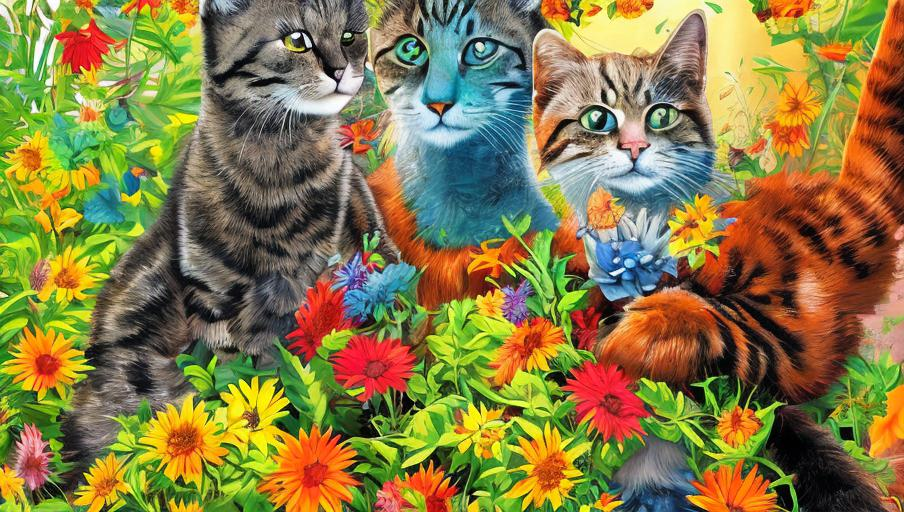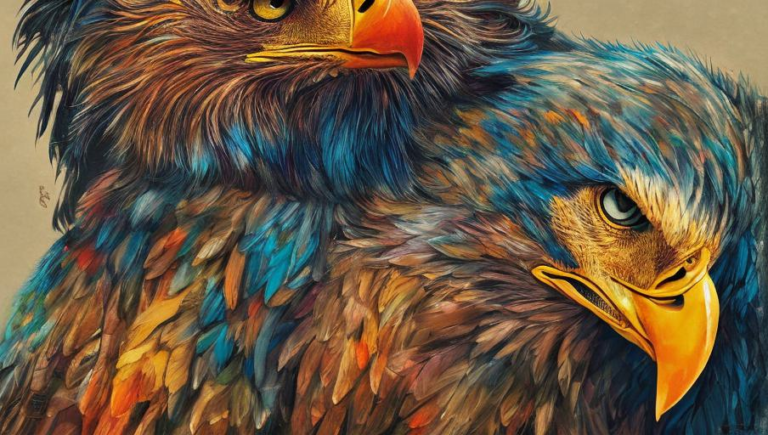Grow Your Cat’s Vocabulary

Understanding Your Cat’s Vocabulary
Cats have a fascinating and complex language that we, as humans, often miss out on. Cats communicate with a range of meows, purrs, hisses, growls, and other vocalizations. Each of these sounds can carry a different meaning, and cats can also communicate through body language, such as ear position, tail position, and eye contact. Understanding your cat’s language can help you interact better with your furry friend and foster a deeper connection.
Meow, Meow, Meow
The most common sound cats make is the meow. Cats meow to communicate with humans, other cats, and other animals. Meows can mean a variety of things and can range from a low, gentle meow to an urgent, demanding meow. Cats may meow to express happiness, request attention, or to voice discomfort. If you ever hear a loud, piercing meow, it may be a warning call.
Purrfectly Content
Cats purr when they are content and relaxed. Purrs can range from a low rumbling sound to a higher-pitched trill. Cats may also purr when they are in need of comfort. Studies suggest that cats purr to soothe themselves and it has even been found that cats may purr to heal their bones and muscles.
Hissing and Growling
Hissing and growling are two expressions of aggression that cats may use to signal their displeasure. Hissing usually occurs when a cat is feeling threatened or scared, and is an attempt to ward off the perceived danger. Growling is used to show dominance and is a warning that the cat is not to be messed with. Both of these forms of communication should be taken seriously and it’s important to give your cat their space to avoid potential conflict.
Tail Language
Cats may also communicate through the movement of their tails. A low, relaxed tail is a sign of contentment. If your cat’s tail is high and twitching, it is likely a sign of excitement or curiosity. If your cat’s tail is puffed up and bristled out, it is a sign of aggression and fear. Paying attention to your cat’s tail movements can be a great way to understand how they are feeling.
Ears and Eyes
Your cat’s ears and eyes can also be used to better understand their mood. Cats may move their ears to indicate that they are paying attention and to show interest. If your cat’s eyes are squinting and their pupils are dilated, it is a sign that they are relaxed and feeling safe. On the other hand, if your cat’s eyes are wide and their pupils are constricted, it is likely a sign of fear or aggression.
Interpreting Your Cat’s Language
Learning your cat’s language can be a rewarding experience for both of you. Paying attention to their vocalizations, body language, and eyes and ears can help you better understand how your cat is feeling. And by responding to your cat’s vocalizations and body language appropriately, you can develop a deeper bond with your furry friend and foster a deeper connection.





